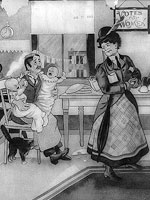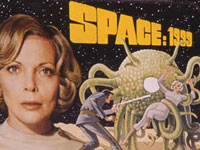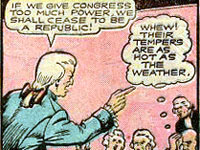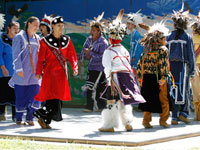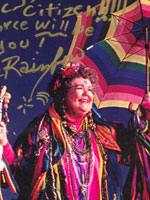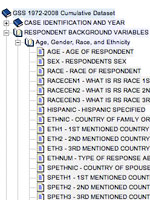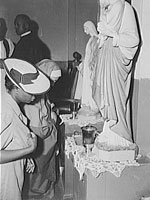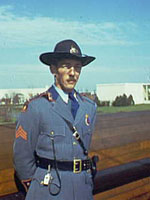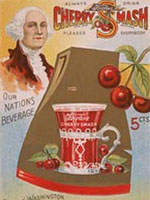Photographs of the Historic American Buildings Survey: Georgia
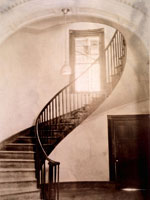
Developed at the same time as the better remembered Works Progress Administration and the Federal Art Project, the Historic American Buildings Survey was designed to record structures and buildings of historical and cultural importance around the United States. The staff of Georgia Tech's library has created an online archive of photographs from the Buildings survey taken around the state in the middle of the 1930s. The site features a 1,400-word introductory essay Life Initiates Art: The WPA and American Culture written by Grace Agnew that traces the role of the WPA in documenting American culture and history during the 1930s.
Containing nearly 100 photographs, the images can be viewed in a scrapbook or by browsing through a list offering individual photographs. The photographs are labeled with the name of the building, the county, and the date(s) of construction. The search engine can help locate a particular building or location, such as St. Paul's Church, an 1835 photograph of an old Medical College, the governor's mansion, and a slave market. The site also features a detailed bibliography with more than 24 sources. This site is a goldmine for those interested in Georgia history and southern architecture.
